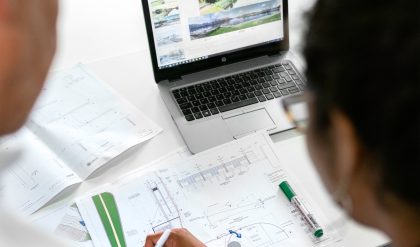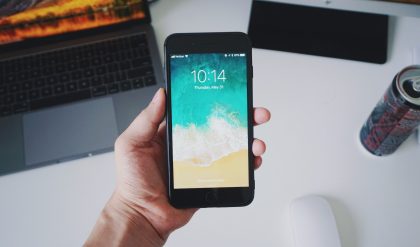No surprise, the mobile market in 2019, is expanding at an incredible rate. You are likely an app developer looking to create a product your users find interesting, unique, and easy to use. It is important to ensure that you are using usability testing in order to avoid costly mistakes later. It is essential to ensure that your app succeeds in real life. Usability testing can also be used as a way to improve your product prior to launch. Today’s article will discuss usability testing for app development. Continue reading to learn more. 1. Setting your Objectives. The first step in conducting usability testing for app development is setting your objectives. Which questions do you want to address with the usability testing? Which areas in your app do you want to get an objective opinion? Before you can begin usability testing, there are some goals that must be set. To set your goals, it is a good idea to interview the investors of the app to identify areas that are of concern. You must make sure that your goals for usability testing are specific, measurable and prioritized. These goals will enable you to perform usability testing, and collect metrics that will help you improve your app’s performance before it launches. 2. It is important to begin usability testing immediately to ensure a smooth development of your app. It is better to get people involved early than to leave it up to the 11thhour, which could lead to unnecessary costs to correct problems later. Start by giving testers basic versions of your app that demonstrate its functionality. It is important to start early to avoid frustration. After the bulk of your app development has been completed, it may be costly to make changes. App usability testing can be done early to make sure that the app is usable without being distracted by design elements or any other parts that could distract from its main purpose. 3. You Need to Identify the Tasks That Will Be Accomplished Usability testing goes beyond asking random people in a room to test your app. It is important to identify the tasks you want your users perform and come up with clear objectives. These tasks should be short and simple, so they are easy for users to understand. The task should be no more than one sentence and must inform the user about the interaction you require them to do. Your tasks should be realistic and actionable. They must also reflect natural interactions users may have with the app. 4. Selecting test participants is a difficult task. You want users to give you 100% objective opinions. On the other, you need people who can understand and follow your vision and concept. We recommend that you choose people who have worked with real devices in real environments. Participants must have had their devices in use for at least three months to ensure that they are not having any difficulties with their device. To get diverse results, gather a group of people from your target audience. Include as many platforms and devices as you can. To get the best results, your participants must be available for testing at the right time and place. Avoid Micromanaging Avoid micromanaging Your usability testing subjects should not be micromanaged. Your users should be able to follow the structure you provide. Both users and observers should have the ability to self-discovery throughout usability testing. You should be focusing on how your users respond to the app. Don’t interrupt the testing or ask too many questions. You can ask questions at the end, but make sure to keep them specific to get constructive feedback. 6. Analyze and Use Your Data. The purpose of usability testing, as mentioned above, is to gather data on your app’s useability in order to conduct detailed analysis. After the testing phase, the real work begins – using the collected data, you can perform in-depth analyses and draw concrete conclusions regarding how to improve your app. To make sure your app is more usable, you should thoroughly go through all data. This is a summary of user testing for app development. We hope it has provided you with valuable insights about the best way to use this tool.
Home Technology A Guide to Usability Testing for App Development
THE FOREFRONT OF TECHNOLOGY
We monitors and writes about new technologies in areas such as technology, innovation, digitization, space, Earth, IT and AI.







